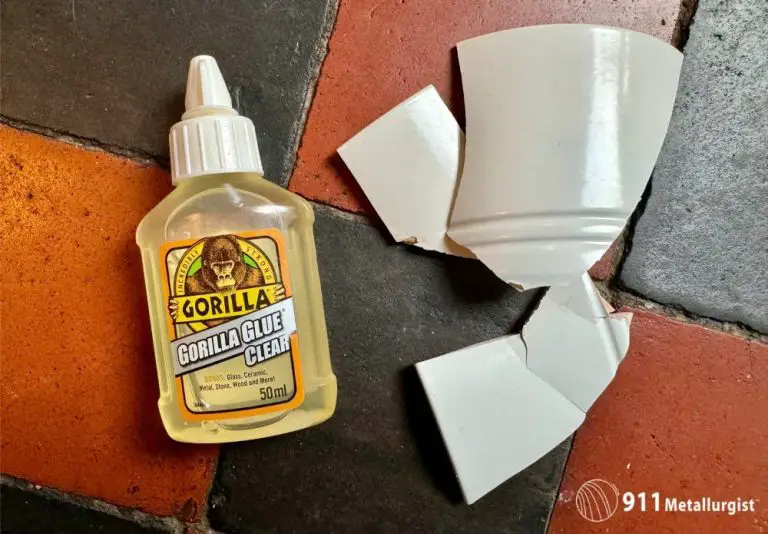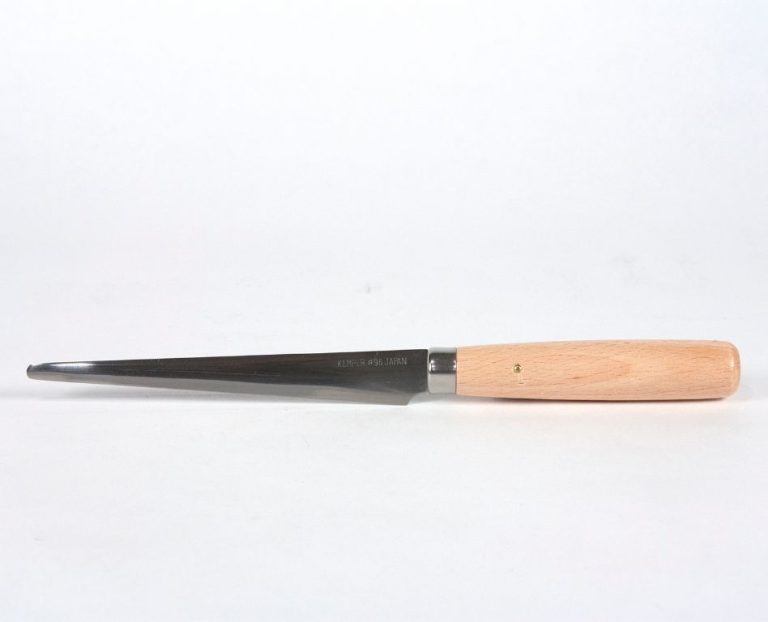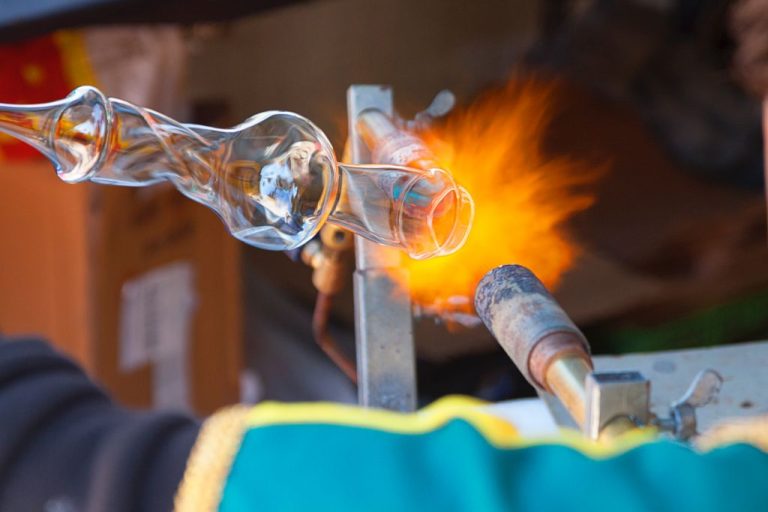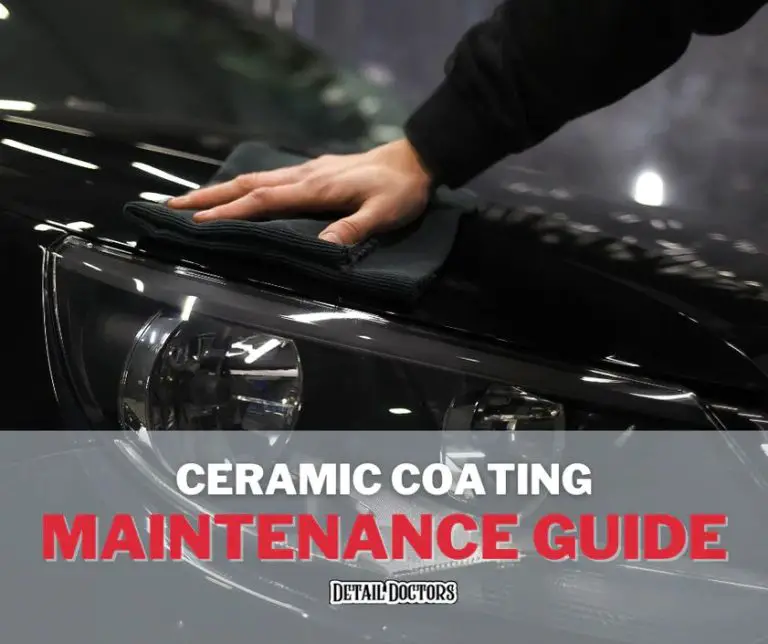Does Oven Safe Mean I Can Bake In It?
What Does “Oven Safe” Mean?
The term “oven safe” refers to cookware, bakeware, and other items that can withstand the high temperatures inside an oven without being damaged. According to Dictionary.com, ovenproof or oven safe items are “capable of withstanding the heat of an oven; safe for use in cooking in an oven”.
For a product to be considered oven safe, it must be able to resist temperatures up to a certain point, often at least 350°F but sometimes higher. The maximum temperature threshold varies between manufacturers. Quality oven safe cookware is engineered from materials like glass, ceramic, stainless steel, cast iron, and anodized aluminum that can withstand baking/roasting temperatures without warping, cracking, melting, or leaching chemicals.
In contrast, microwave safe cookware is intended for microwave ovens where food is heated very quickly at lower temperatures. Some materials like plastic containers or metal bakeware with sharp edges are microwave safe but not oven safe. An item that is oven safe is sturdy enough to go in the oven, while microwave safe means it won’t spark or melt in the microwave.
Can You Bake in Oven Safe Containers?
Yes, you can bake in containers labeled as oven safe, but caution should be used depending on the material. Ideal oven safe materials like glass, ceramic, and cast iron can withstand high baking temperatures. However, plastics should generally be avoided for baking, even if labeled as oven safe.
According to Food Network, glass baking dishes are optimal for baking as they withstand temperatures up to 500°F. Major brands like Pyrex and OXO offer glass baking dishes that are freezer, oven, microwave, and dishwasher safe (Food Network).
Similarly, ceramic and cast iron pans are extremely durable in the oven at high temperatures. As Imperial Dade explains, materials like ceramic, glass, and cast iron have high melting points that allow them to be versatile from freezer to oven use (Imperial Dade).
However, plastics should be used cautiously for baking despite oven safe labels. Low melting points and risk of leaching mean plastics are less than ideal. Even high temperature plastics may not perform as well as glass or ceramic. For optimal baking results, rely on containers made from glass, ceramic, or cast iron.
Tips for Baking in Oven Safe Containers
When baking in oven safe containers, following some basic tips can help ensure success:
First, always check the manufacturer’s instructions for recommended baking temperatures. Exceeding a dish’s maximum oven temp can cause cracking or shattering [1]. Use a dry, well-fitting lid on bakeware to prevent spills or splatters. Loosely covering dishes also helps moisture circulate and prevents drying out [2]. Allow proper airflow around the dish by leaving space between it and oven walls or other items. Placing oven safe bakeware on a metal baking sheet can provide extra structural support.
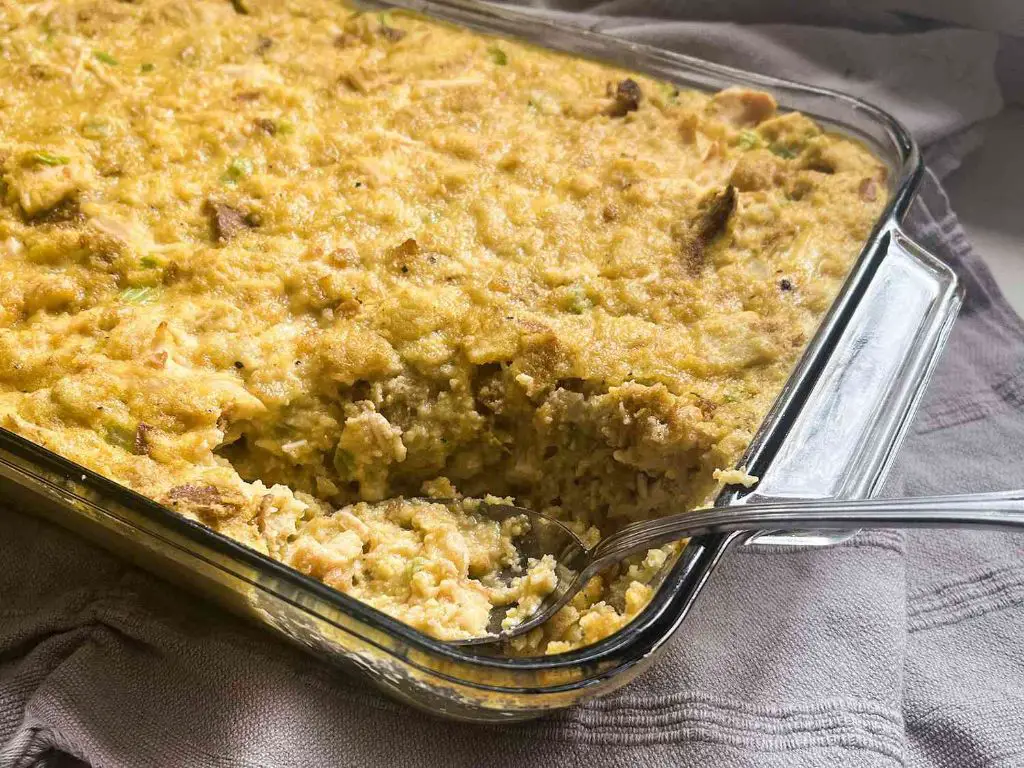
Risks of Baking in Improper Containers
Baking in containers not designed for oven use can pose several risks, including:
- Melting or burning plastics – Plastics not designed for high heat can melt, burn, or release toxic fumes when baked. According to CNN, heating plastics above their safe temperature range may cause them to melt or leach chemicals into food.
- Food contamination – Chemicals from melted or burnt plastics can leach into food, contaminating it. The high heat of an oven may also cause chemicals to be released from containers not meant for baking.
- Damage to oven – Dripping, melted plastic can create a mess and be difficult to clean up. It may leave residue on oven racks and walls. Burnt plastic fumes can also coat the interior oven surfaces.
To avoid these dangers, only bake in containers specifically labeled as oven safe. Look for oven safe designations from reputable manufacturers. Avoid plastics without high heat ratings.
Signs of Unsafe Baking Containers
There are a few key signs that indicate your baking containers may no longer be safe to use in the oven. One major red flag is if plastic containers start deforming, clouding, or melting when exposed to oven heat. According to Queensland Health, unusual looking containers that appear damaged or melted should not be used for baking or cooking [1].
Another sign is discoloration of the cookware material. Dark spots, chipping coatings, and rust stains indicate the structural integrity of the container has been compromised, making it unsafe for high heat [2]. Unpleasant plastic smells when heated are also a red flag, as this can signal chemicals leaching out.
It’s important to inspect baking dishes thoroughly and stop using anything that shows evidence of damage, warping, smells, discoloration or other defects. Only oven safe, undamaged containers should be trusted for baking tasks to avoid contamination or accidents.
Ideal Oven Safe Materials
When selecting cookware for baking, it’s important to choose materials that are oven safe and can withstand high temperatures without leaching chemicals or toxins. Some of the most common and ideal oven safe materials include:
Glass/Ceramic
Glass and ceramic bakeware is non-toxic, durable, and distributes heat evenly for consistent baking. The smooth surface prevents sticking and allows for easy cleanup. However, glass and ceramic can crack or shatter if subjected to sudden temperature changes or direct heat. Care must be taken when handling.
Cast Iron
Cast iron maintains heat exceptionally well, providing even baking and a crispy crust. It’s also durable and naturally non-stick when properly seasoned. But cast iron is very heavy and requires extra care to prevent rusting. Acidic foods may react with the iron and take on a metallic taste.
Stainless Steel
Stainless steel is non-reactive, sturdy, and withstands high heat. It doesn’t leach chemicals or coatings either. However, stainless steel conducts heat unevenly and is prone to hot spots. Food is also more likely to stick without proper seasoning.
Testing Oven Safe Cookware
Before using any cookware or containers in the oven, it’s important to test if they can withstand the high temperatures. Here are some tips for testing oven safety:
Look for manufacturer information on the packaging or item that specifies oven safe temperatures and times. Reputable brands will indicate the maximum heat levels their products can handle.
Do an air-dry test by washing the container and letting it fully air dry before baking. Trapped moisture can cause the material to crack under heat.
Start with low temperatures and short baking times to see how the cookware withstands the heat. Gradually increase the temperature and duration while closely monitoring the container for any signs of damage.
According to experts, bake empty containers first to test oven safety. If they warp or crack, do not attempt to use them for baking food.
It’s recommended to stay well below the maximum oven safe rating, as going up to the highest temps can still degrade the containers over time.
Always check on containers while baking and remove immediately if you notice any issues. Damaged cookware can contaminate food.
Being cautious when initially testing oven safe cookware helps prevent accidents and wasted food from improper containers.
Improving Heat Resistance
There are some techniques you can use to improve the heat resistance of oven safe containers when baking to prevent cracking or damage from thermal shock:
Pre-heat the cookware before baking – Letting the container come up to temperature gradually before adding dough or batter can help prevent sudden temperature changes that lead to cracking or breaking. Preheat empty oven safe dishes for 5-10 minutes before adding your recipe ingredients.
Use oil or parchment paper – Coating the inside of oven safe bakeware with a thin layer of oil can act as a buffer against sudden temperature changes in the oven. Lining dishes with parchment paper can provide similar protection.
Rotate position in oven – If you notice certain spots in your oven get hotter than others, rotate the position of your oven safe dishes midway through baking. This evens out intense heat exposure and prevents weak points from developing.
According to research on improving heat resistance of resins, gradually preheating oven safe containers and evenly distributing heat exposure can help maximize their thermal shock resistance when baking.
Oven Safe Alternatives
If you don’t have traditional oven-safe bakeware, there are some common household items that can work as substitutes in a pinch:
Baking sheets made from aluminum, stainless steel, or enameled steel are ideal for oven baking. You can place food directly on the baking sheet. Just avoid baking sheets with nonstick coatings, which may not hold up under high oven temperatures.
Ceramic ramekins are small, oven-safe dishes that are perfect for baking individual portions like mac and cheese or pot pies. Look for ramekins labeled “oven safe” and avoid any with cracks.
Metal muffin tins are designed for oven use and work well for baking muffins, cupcakes, and more. Opt for tins made from stainless steel or aluminum without nonstick coatings.
Ceramic pie dishes labeled “oven safe” make great substitutes for baking casseroles and dishes like mac and cheese. Avoid any chips, cracks, or other damage that could impact heat resistance.
Key Takeaways
To summarize the main points: “oven safe” does technically mean you can bake in that container, but there are some important cautions:
– While oven safe cookware is designed to withstand high temperatures, it still carries risks if used improperly. Check the recommended baking temperature and time limits.
– Not all oven safe materials are equal. Ceramic, glass, stainless steel and cast iron work best. Avoid plastics.
– Inspect oven safe containers before and during baking for signs of damage like cracks or warping. Discontinue use if any appear.
– Allow proper airflow around the bakeware and use lower oven racks to prevent overheating.
– Test new oven safe cookware carefully at incremental temperatures before using for longer bakes.
With proper care and caution, oven safe bakeware can be used successfully. But it’s always wise to closely monitor the container’s performance and integrity when exposed to high heat.

